

Take This Middle School Astronomy Quiz To See If You Really Remember That Field Trip To The Planetarium
Working our magic...

Get your results & other quizzes sent to your inbox!
Please, be patient, your results are being generated!
Working our magic...

Save all future quiz results by signing in!
(you won’t lose your spot!)
Please, be patient, your results are being generated!
Who didn’t want to be an astronaut when they grew up? Astronauts are the primary reason children know how to count backwards – it’s always the most fun to pretend to blast off in a rocket ship! But what if you could do that for real? For starters, you wouldn’t venture out into the open road without Show More
Who didn’t want to be an astronaut when they grew up? Astronauts are the primary reason children know how to count backwards – it’s always the most fun to pretend to blast off in a rocket ship! But what if you could do that for real? For starters, you wouldn’t venture out into the open road without having a driver’s license, so you should probably know your way around space if you want to go exploring out there as well. Everything about 5th grade astronomy was awesome from experiments in science class to any time you got within 100 feet of a planetarium, which was a lot.
But, how much of that information did you retain? You don’t have to convert light years in miles per hour or have any statistics committed to memory, so don’t sweat it. This is basic outer-space trivia that will have only stuck in your brain if you’re a true space nerd. Is that you? Let’s find out. To infinity… and Bed Bath and Beyond!
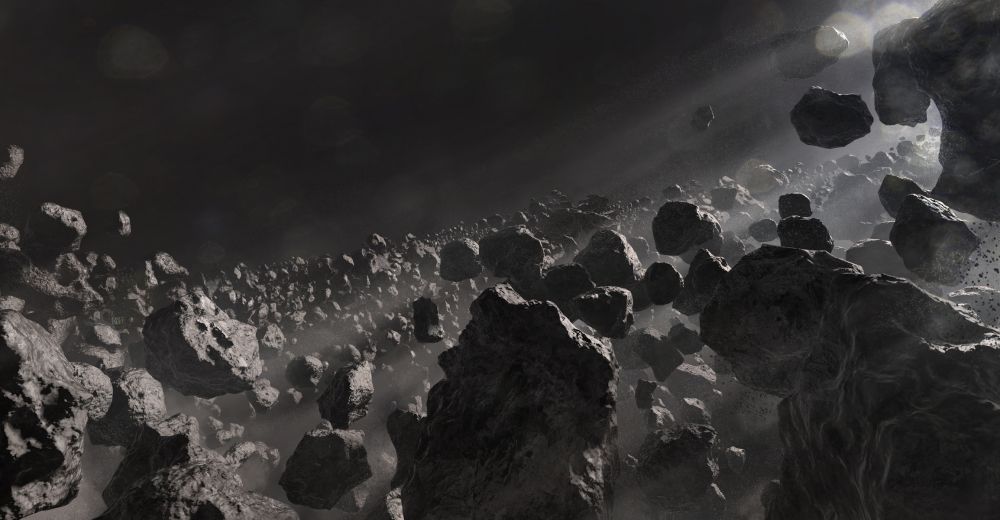
Asteroids aren't planets, but they're still part of our solar system. The main asteroid belt in our solar system is sandwiched between which two planets?
- Mars and Jupiter
- Jupiter and Saturn
- Saturn and Neptune
- Earth and Venus
- Earth and Mars
- Pluto and the rest of the universe

The earth spins on its axis and tilts one way or another, giving us seasons. Which planet spins on its axis completely on its side? It's lopsided!
- Saturn
- Jupiter
- Neptune
- Uranus
- Pluto
- Mercury

We have one moon, but some planets have several. Which one of these celestial beauties belongs to the planet Saturn?
-
![]() GettyGanymede
GettyGanymede -
![]() GettyEuropa
GettyEuropa -
![]() GettyTitan
GettyTitan -
![]() Io
Io
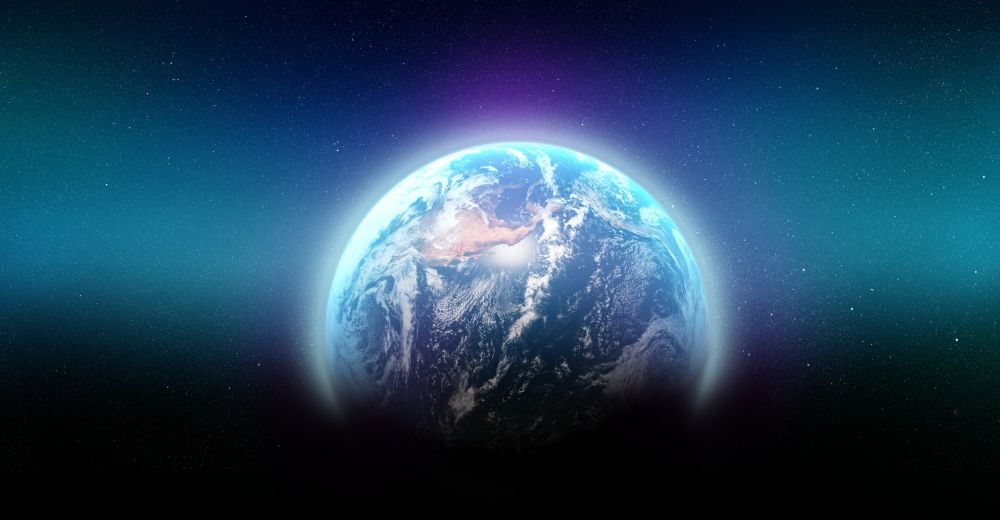
Can you imagine being able to see Earth like this? Astronauts can, probably because they've been there. Which one of these things can you NOT see on Earth from outer space?
- The Great Wall of China
- The Great Pyramid of Giza
- The Greenhouses of Almería
- Bingham Canyon Mine
- Hurricanes
- City lights

Believe it or not, this question actually has an answer. Why do stars twinkle?
- Doppler effect after traveling lightyears
- Stars travel through space and twinkle because they’re moving further away or closer to Earth
- Distant objects pass in front of them that we can’t see with the naked eye
- Their light gets disrupted passing through the atmosphere
- We blink, they don’t twinkle
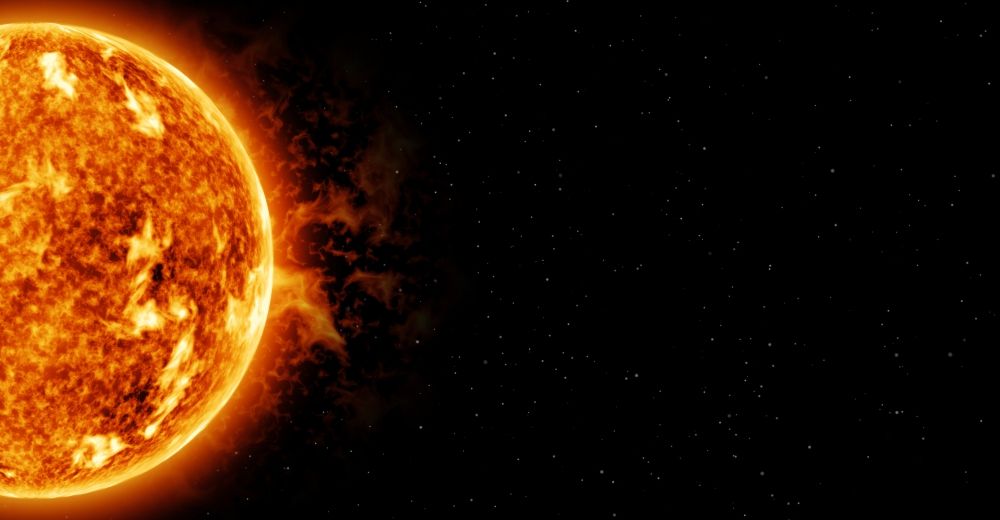
Did you know there are different classifications of stars? Do you know what kind of star our sun is?
- Neutron star
- White dwarf
- Yellow dwarf
- Yellow supergiant
- Red giant
- White giant

This is the sun rising over the ocean, keeping us warm, like it does for every other planet in the solar system, but which planet is the hottest?
- Mercury
- Venus
- Earth
- Mars
- Jupiter
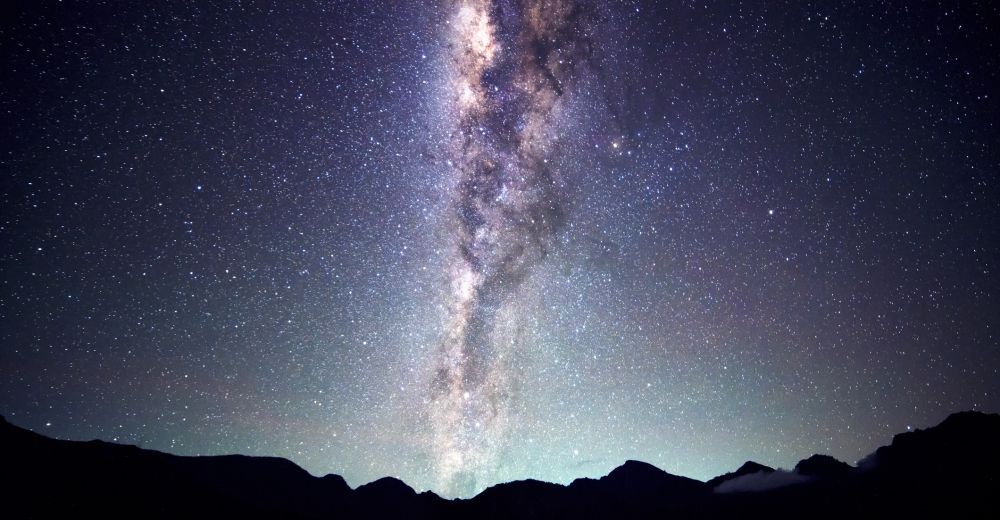
Galaxies clustered together by gravity are scientifically called a "group." Fancy, we know. What's the name of the group our galaxy is a part of?
- Ceres
- Maffei
- Copernicus
- Centaurus
- Milky Way
- Local

Can you tell the galaxy apart from the nebulae just by looking at them? We bet you can! Which one of these celestial formations is a galaxy?
-
![]() GettyThis one
GettyThis one -
![]() GettyNo, this one
GettyNo, this one -
![]() GettyActually, maybe this one
GettyActually, maybe this one -
![]() GettyIt could be this one?
GettyIt could be this one?
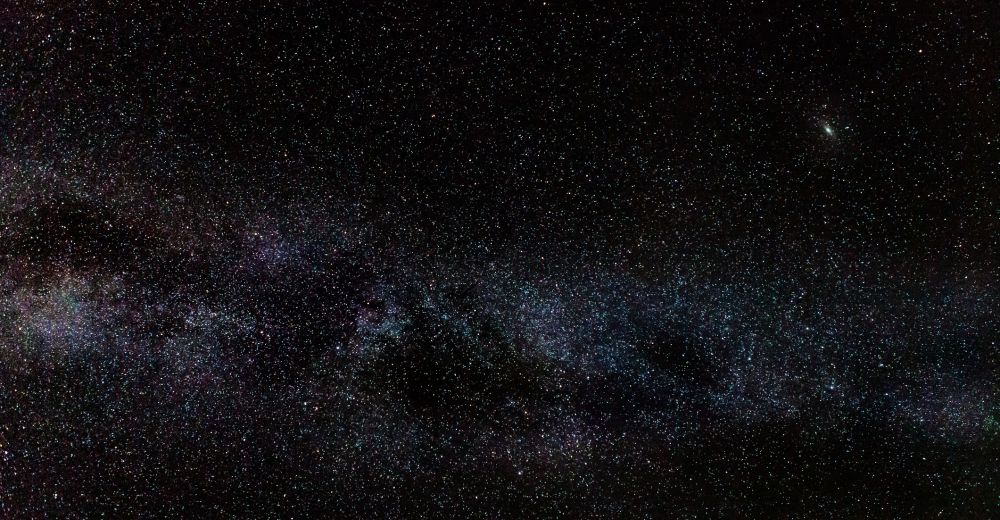
So much of space is... space. Speaking of space, what's dark matter?
- Another word for black holes
- What we call matter that falls out of black holes
- Hypothetical non-luminous material of many forms
- Unaccounted for parts of our expanding universe
- The vacuous space between the stars, planets, and everything else.
- Dark matter exists only on Earth, not in space
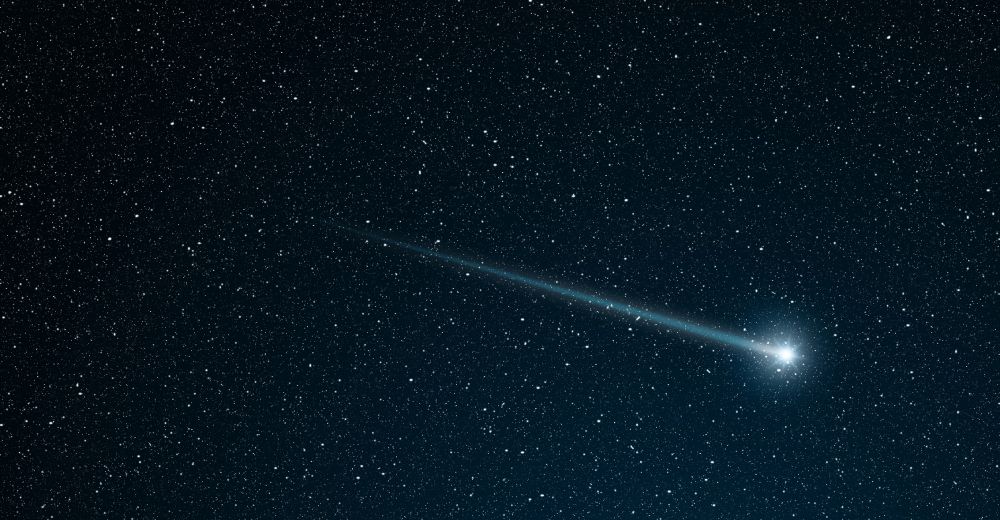
They look similar, but they're actually quite different. What's the difference between a comet and a shooting star?
- Comets don’t burn up when they enter our atmosphere due to their frozen center
- Shooting stars are meteors and comets are hot asteroids
- Shooting stars are tiny rocks burning through our atmosphere and comets exist in an orbit
- Shooting stars are dying stars, comets are comets
- Shooting stars orbit closer to Earth so we see more of them more often
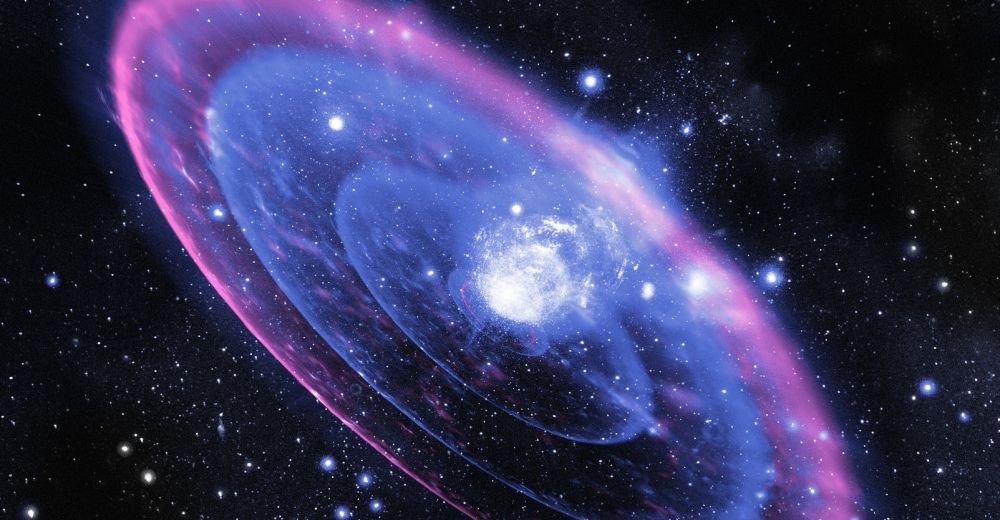
When a star dies, it explodes into a supernova. Black holes are formed after supernovas. But, is a black hole formed in space every time a star dies?
- Yes
- No

Last question - how would you rate this quiz?
- I loved it!
- It was pretty okay.
- Not great…
 We've got more quizzes for you:
We've got more quizzes for you:

You have subscribed successfully


















What did you get? Let us know in the comments!